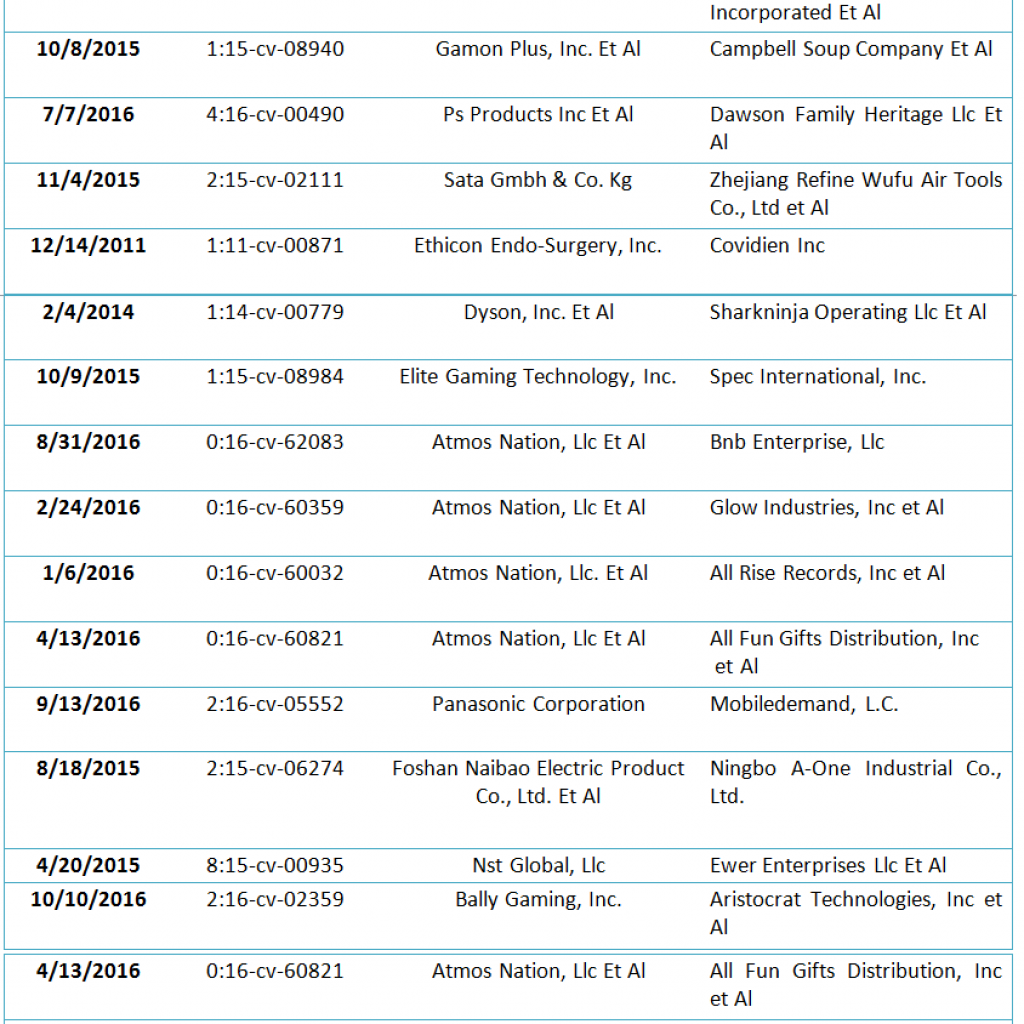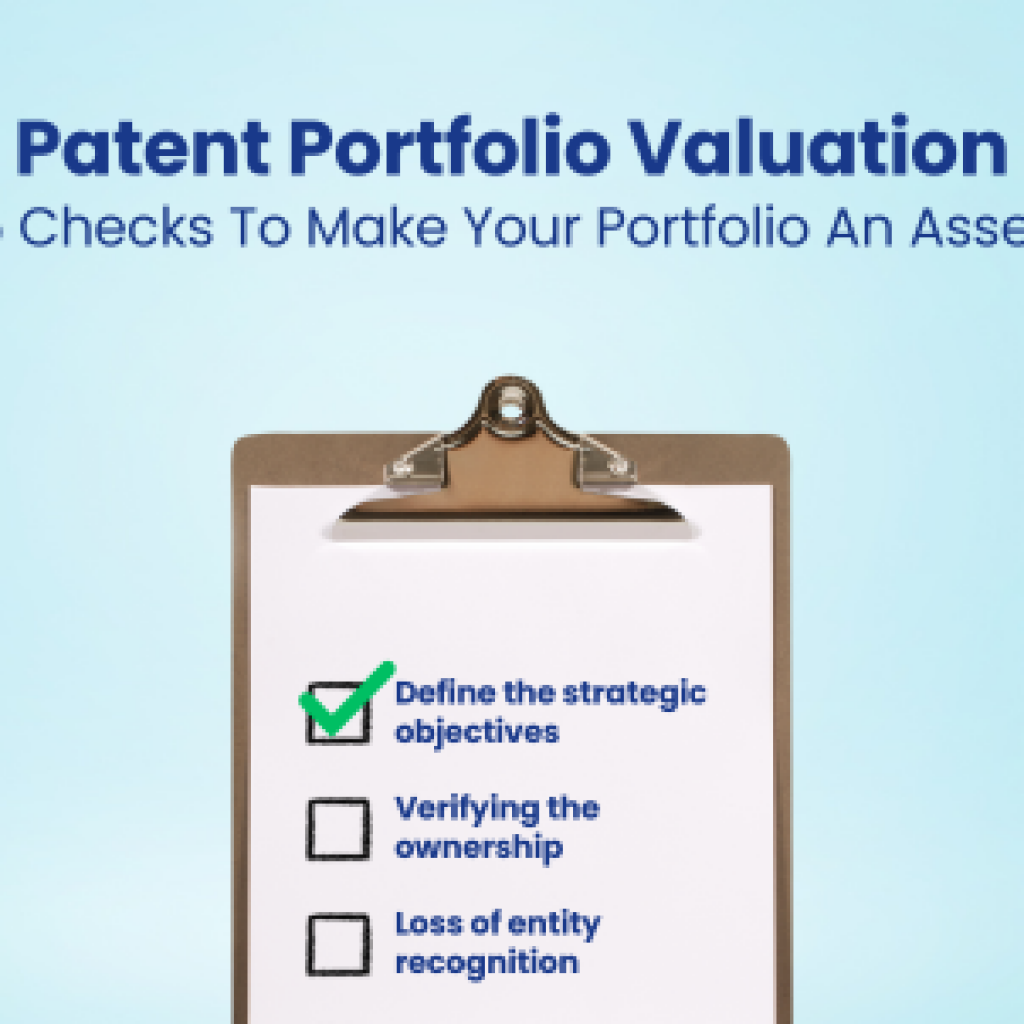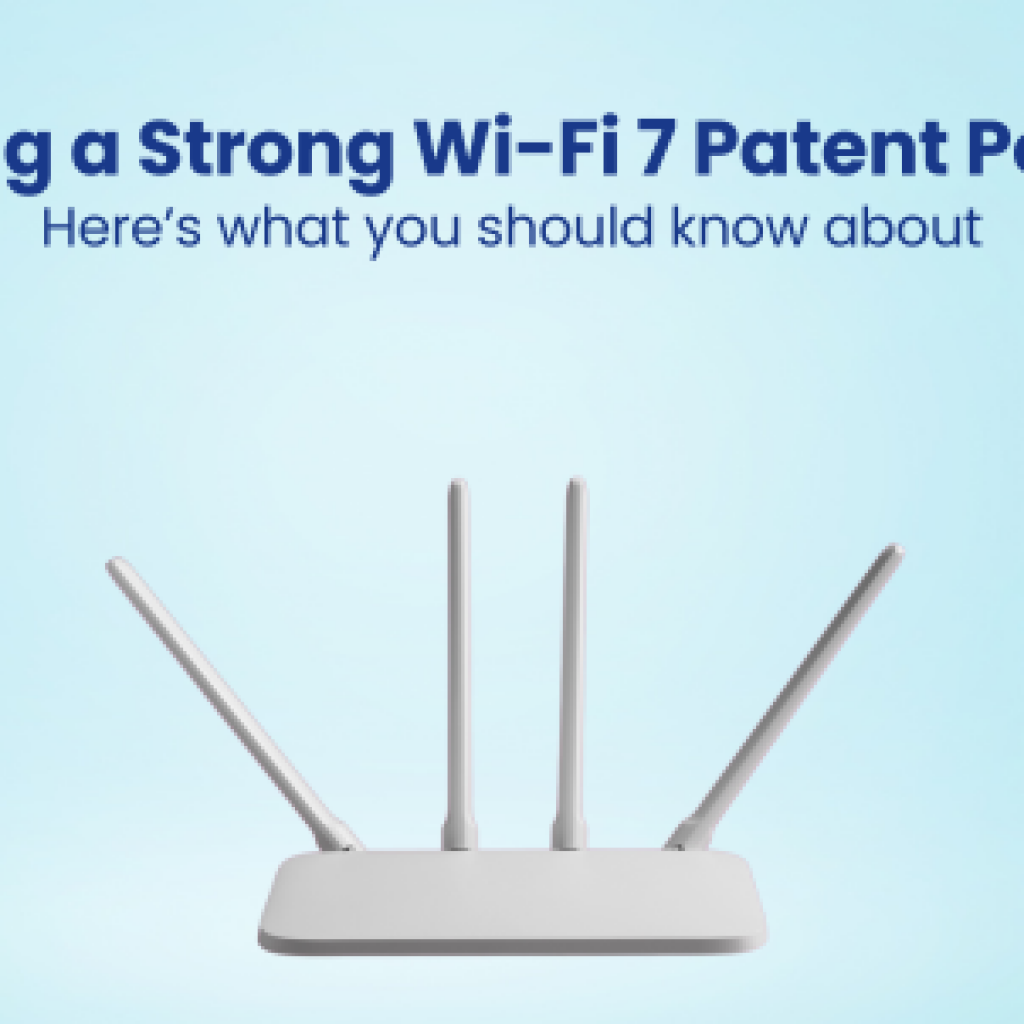“Corporate patent buyers have pulled back and NPEs have moved in with more buying (often with cash), accounting for almost 70% of patent sales as of last quarter. In fact, they are buying more than what is listed on the market.”
– 2020 Brokered Patent Market Report by ROI
The patent market has been ever-evolving and a lot of factors have been affecting the trends in the market. As the market matures, we see prices stabilizing across listings, buying and selling programs becoming more streamlined, and more transactions overall. The varied changes in the market make it essential to understand the factors that are playing a crucial role in the evolution of the patent market.
With a database of more than 220,000 patent assets across nearly 12,000 potential patent buying opportunities, Richard Oliver Insights is a trusted patent market analysis report. Last year, we covered its 2019 patent market studies that came in handy to many of our clients.
Studying the ROI report for the second year in a row, we observed that in addition to the brokered market analysis, this year’s ROI report expanded the scope to look at a few specific market actions by NPEs and large patent sellers. One key observation is the decline in corporate buying, but a surge in Non-Patent Entities (NPE) – hold on strong to your defensive aggregator!
Our article discusses the various highlights of the brokered patent market. You can find the complete Richardson Oliver Insights’ Brokered Patent Market report here.
Market Size
While analyzing 220,000 patent assets, Richardson Oliver Insights tracked the total asking price as $36 billion with the sale of $10.4 billion of these assets. This is about $4 billion more than their tracked sales in November’19 which is equivalent to the predicted number.
In comparison to the trend, the market is expected to rise by $3 billion by the second quarter of 2021.
Patent Brokers
Patent brokers bring certain key skills to the patent market:
- Experience in identifying assets of value;
- Setting buyer and seller expectations; and
- Sales acumen.
While, patent brokers’ importance diversifies, just like the market, but, going by the report, the overall broker count has dropped significantly. The total number of brokers that listed packages this year dropped to 42 (last year, the figure stood at 47).
More sellers are going directly to buyers. Buyers are running auctions by themselves. ‘For sale by owner’ listings now accounts for 7.1% of listings (up from 4.5% last year).
However, established brokers continue to bring more packages to the market, with 12 of 42 brokers bringing 10 or more packages to market (11 of 47 last year). These brokers accounted for 89% of packages listed by brokers (a slight increase from last year at 88%).
The table below lists the brokers that brought five or more packages to the market last year, as mentioned in the report.
| Patent Brokers |
| Adapt IP Ventures |
| Berggren Brokerage |
| Blackhawk Technologies LLC |
| DWT LLC |
| Dynamic IP Deals LLC |
| Hilco Streambank |
| ICAP |
| Iceberg |
| IP Approach LLC |
| IP Offerings |
| IPInvestments Group |
| N&G Consulting |
| OCEAN TOMO LLC |
| Rui Zhi Ventures Limited |
| Sonder et Ce |
| Tangible IP |
| Transactions LLC |
Adding to this, here’s our refreshed list of 77 patent brokers.
Packages
ROI’s report depicts a decline in package counts by 14% from 456 last year. However, it has also been stated that the shift that the market is experiencing is difficult to fathom because of private transactions and larger deals that take up much of the slack.
FIG 1: Brokered Patent Market Contents
Source: ROI Brokered Patent Market
Technology-wise, there has been a decrease in software packages dropping it to the second-highest category by package count. In 2019, software packages stood at number one with almost 190 packages. The decline is yet to uncover its significance but might also be due to direct sales.
The “other” category dominating the package count might be a result of
- Rise of Automotive, energy, and medical device packages, and
- Some deal sources have substantially increased their volume of ‘other’ packages – as observed in Figure 2.
Fig 2: Packaging distribution by technology group
Source: ROI Brokered Patent Market
Pricing
The average asking price per asset dropped by 8% this year from $194,000 last year. However, the asking price per US-issued patent increased from $280,000 to $320,000, which is an 8% increase.
The variation in package pricing is a result of package size, EOUs, the year in which a package has been listed, and the technology area. Looking at the top asking prices, the ‘software’ category has emerged as the highest-priced category. Following the asking price of communication packages in 2019, they seem to have caught back up with the rest of the pack.
We believe NO deal is better than a BAD deal! Hence, to know the way the deal is closed, transparency plays an important role.
Every year analyzing the patent market is good practice that guides the pricing discussion.
But, in-depth analysis of the brokered patent market can be cumbersome and this brings us into the picture.
Want to know about the best patent deals in your field?
Sales
According to ROI, for two consecutive years, there has been a decline in the total transaction volume on the brokered market.
The 2019 sales figures stand at 8.5%, which is a significant drop from November 2019’s 13.1%.
This is heavily affected by extremely depressed sales in the first quarter of 2020.
The likely cause of such a performance could be because of the companies being preoccupied with figuring out the repercussions of the covid-19 pandemic on their businesses (e.g., working from home). Thankfully, sales in the second quarter of 2020 were higher than expected.
While looking at the sale figures, another interesting aspect caught our eye; on analyzing how quickly the sold packages listed in the 2019 calendar year transacted; the estimated time buyers have to bid can be figured out.
It seems that buyers have lost some of the urgency that we saw last year. 80% of the sales from 2019 listings occurred within nine months from the receipt date of the package. But this time, only 30% of sales are gone in four months. This still means that you need to decide to buy within 3 months to grab the best opportunities.
Coming to the impact of EOUs
EOUs or evidence of use adds value to the packages and hence, ROI reflects a proportional increase in the sales price if there is a seller-provided EOU. Packages listed in the 2019 calendar year with an EOU were 60% more likely to sell than packages without. By combining the increased likelihood of a sale and the 41% sales price premium associated with an EOU, the expected value of a package with an EOU is 126% greater than the initial pricing (2.26 times the price).
Life after Alice
Packages that belong to the Alice-affected technology categories listed in 2016 are 39% more likely to sell than packages in the overall market. The same trend was observed in last year’s ROI report. Thus, it can be concluded that Alice’s fears have subsided, and buyers and sellers have deciphered what to look for in Alice-affected technology patents.
Sellers
Tracking the seller behavior for a buyer, both in aggregate and individually helps operationalize the buying activities. Being aware of the sellers and the type of assets available allows reviewing the listings faster plus imparts the opportunity to make a direct approach for a private deal.
The above holds true especially for repeat sellers, who account for 43% of the transactions of packages in calendar years 2019 and 2020.
Additionally, 63% of the deals came from operating companies – about the same percentage as last year. Considering that operating companies file most patents, this is not particularly surprising.
Buyers
The percentage of packages purchased by NPEs has increased every year since 2016. Following the pattern again, in 2020, 67% of purchases were by NPEs.
In contrast, corporate buying has pulled way back (27% of purchases this year versus 39% last year).
The report not only suggests an increase in NPE buying but also observes the activity of defensive aggregators, which were only 5% of purchases. The steep falloff in 2020 could be concerning for corporations.
But here’s the interesting part of the report. This year, ROI decided to dig deeper into specific sellers to find a pattern. IBM stood out. The company has been the largest patent filer in the US for 25 years now. Examining where these patents landed raised a question- Does IBM sell to NPEs?
The answer’s YES.
In fact, according to the report, just before IBM’s LOT membership became effective, IBM sold about 600 patents to Daedalus Group LLC – Daedalus began suing on those patents in 2020. Not just that, IBM also sold to an NPE after joining the LOT Network – 1,046 patents transferred to WiLAN in March 2020 under the name Elpis Technologies Inc.
What does this mean for you?
Well, if you were a LOT Network member before the IBM-WiLAN deal, then cheers, you may have just got the cheapest NPE license ever! The report recommends holding on to your LOT Network license because WiLAN isn’t going to wait for long before using those patents as their assets. Also, this means that companies can still successfully sell patents after joining the LOT Network, even to an NPE.
Litigation
It is highly unlikely that purchased patents would not become an asset.
As per the ROI report, 19.4% of packages that sold contained i.e., at least one US asset that went on to be litigated. While observing the market for probable reasons, an increase can be attributed to some of the older packages that have been in litigation for long. And at the same time, newly sold packages are also getting litigated i.e., the purchaser of those patents are asserting the patent in one way or another.
There is a good risk of litigation for the companies from the patents that are getting sold or available at the broker end. The companies need to vary about this.
Full market size
The ROI report predicts the 2020 market size to be $290 million – about the same as last year’s $300 million. The impact of covid-19 is yet to unravel, but the level of buying from January 2020 to June 2020 is concerning.
Opportunities, insights, and reflections
“The patent market is maturing” quotes Samuel L Jackson
More in-house attorneys have successfully bought or sold patents to further their strategies. Pricing always follows a diverse trend, but there has been sophistication in understanding the implications of that distribution.
Beyond the basic buying and selling strategies, the patent market continues to evolve and provide opportunities for insights into the scenario of patents in each sector.
It isn’t easy to figure out the catch in patent market trends! You might miss out on a probable hint in the figures leading to degrading the value of your patent or paying more than the patent’s worth.
How can GreyB help?
GreyB comes to the rescue with its expertise in finding the TRUE value of your patents or patents you might plan to buy. Over the years, our team has acquired technical and manual skills to deliver the best service to our clients. These include
- Smart planning in case of a licensing demand or lawsuit from an NPE;
- Deeper analysis of competitors’ and the general ecosystem’s licensing and sales activities;
- Bifurcating patent assets and identifying gold ones to sell; (Sometimes identifying good patents and keeping those rather than abandoning them is the key task, read more);
- Curating a list of viable sellers and buyers; (Check out our list of patent brokers and marketplaces to buy and sell patents)
- Filtering through patents and identifying those that are important, with a focus on their claims as well. This is vital as it allows buyers to focus on the most important parts of a package first; and
- Developing evidence of use (EOU) materials. (Read our documented thoughts on what makes good EOUs here and here)
To build up a strong Patent Portfolio, make sure you know the value of the patents you hold or plan to acquire. Contact us using below button for an in-depth patent analysis of your industry:
Authored By: Annie Sharma, Market Research.










